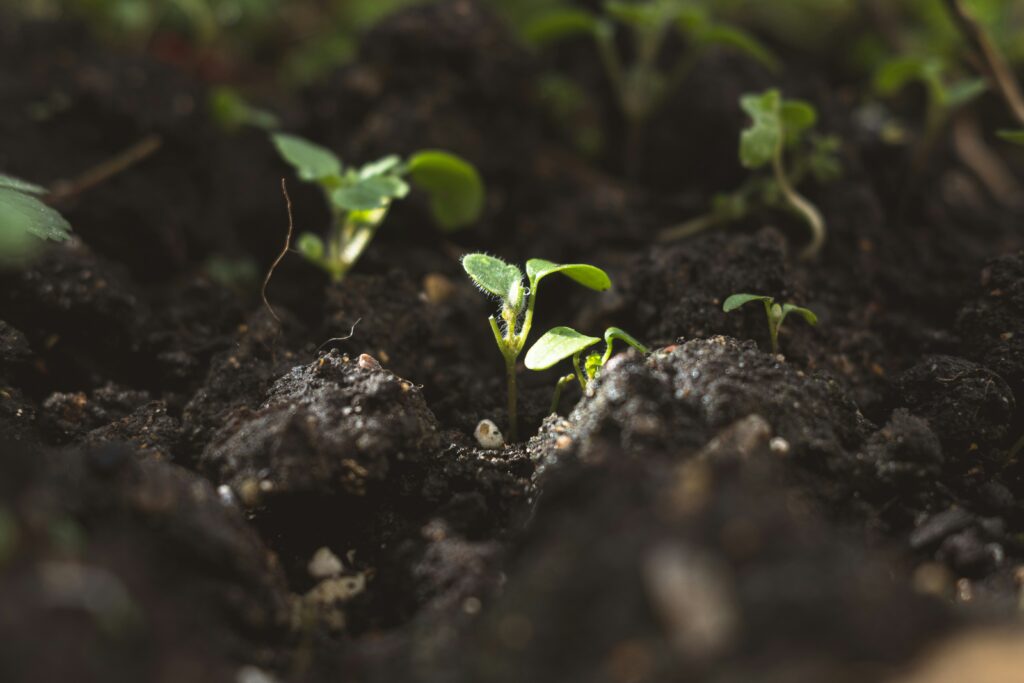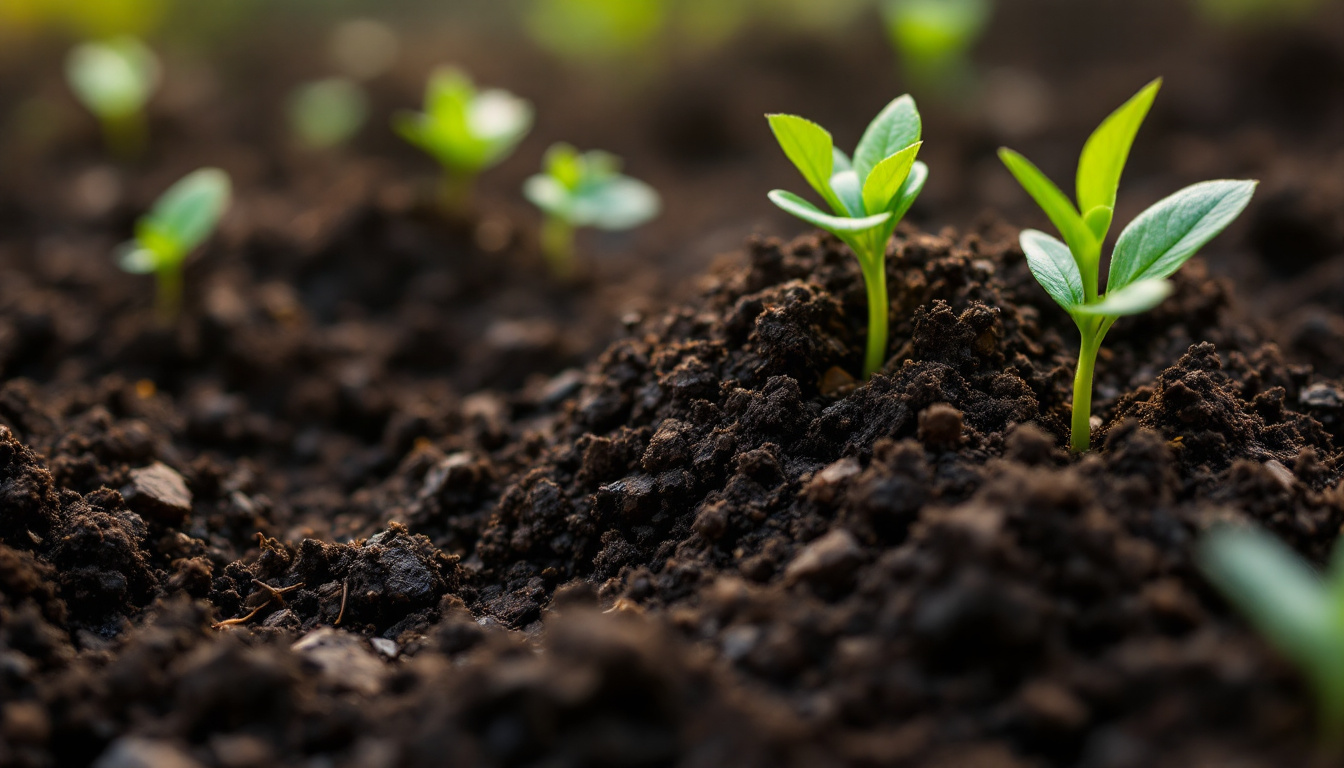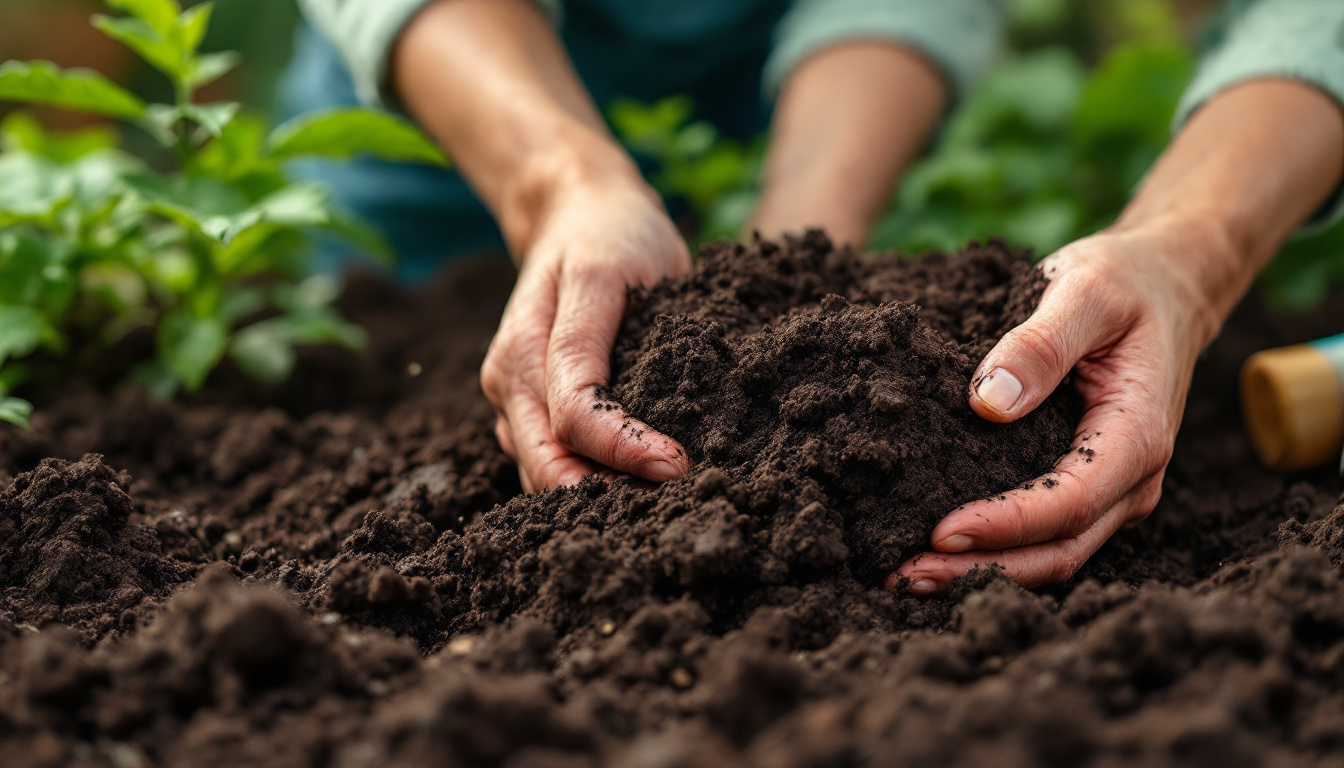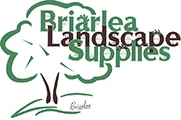Premium Topsoil in and around Glasgow
Looking for high-quality topsoil in Glasgow? Briarlea Landscape Supplies is your trusted local provider, offering expertly processed topsoil ideal for gardens, lawns, and landscaping across the Glasgow area and beyond. We operate from our state of the art Display Centre just outside Larkhall where you can purchase a wide range of aggregates paving and driveways, decking and artificial grass along with much more.
We’re proud to support eco-friendly practices by repurposing local excavation material that would otherwise go to landfill. Using our modern screening equipment, we transform this material into nutrient-rich, finely graded topsoil.
Our screening process separates the material into two grades:
Grade 2 – a coarser option that provides excellent structural support for base layers.
Grade 1 fines – a finer grade, full of essential nutrients, ideal for growing strong, healthy plants.
These grade 1 fines are then carefully blended to create our top-quality, screened topsoil—engineered for both performance and sustainability.
Our approach to recycling is about more than waste reduction. It’s our contribution to a greener Glasgow, helping gardens flourish while reducing environmental impact.
Our topsoil is screened to a fine 10mm grade, making it perfect for everything from turfing to planting. It’s available in a range of quantities to suit your needs:
Bulk bags (approx. 800–850kg)
Loose loads (approx. 1 tonne)
Handy 25kg small bags
Whether you’re preparing new borders, reseeding a lawn, or undertaking large-scale landscape work, our Glasgow topsoil is the ideal foundation. Packed with nutrients and carefully screened, it promotes healthy root development and lush growth.
We supply to both professionals and keen gardeners alike. As a Glasgow-based supplier, we understand the local ground conditions and offer topsoil that performs exceptionally well in this region.
From compact city gardens to expansive green spaces, our fertile, nutrient-dense topsoil helps ensure strong plant performance and beautiful results, every time.
We deliver across Glasgow and the central belt of Scotland, you can calculate delivery costs as part of the checkout process but we guarantee an extremely competitive price to all. You can also click to collect should you have your own means of transport so please click the button below to get started or give us a call on 01698 598100

Topsoil is a vital component of gardening and landscaping, serving as the foundation for healthy plants and vibrant ecosystems. Understanding its properties, uses, and maintenance can significantly enhance any gardening project. This comprehensive guide covers everything you need to know about buying topsoil, from its basic composition to practical applications and maintenance tips.
Understanding Topsoil Basics
Topsoil is the uppermost layer of soil, typically ranging from 5 to 15 inches deep. It is rich in organic matter, nutrients, and microorganisms, making it essential for plant growth. The quality of topsoil can vary significantly based on its origin, composition, and how it has been managed over time.
When considering topsoil for gardening or landscaping, understanding its characteristics is crucial. Quality topsoil should be dark in colour, crumbly in texture, and should have a pleasant earthy smell. These attributes indicate a healthy balance of organic matter and microbial life, which are essential for supporting plant health.
Moreover, the composition of topsoil can greatly influence its suitability for various types of plants. For instance, sandy topsoil drains quickly and is ideal for drought-resistant plants, while clay-rich topsoil retains moisture and is better suited for moisture-loving species. Additionally, the pH level of topsoil can affect nutrient availability; a slightly acidic to neutral pH (around 6 to 7) is generally preferred for most garden plants. Regular testing of topsoil can help gardeners amend it appropriately, ensuring that the right nutrients are present for optimal growth.
Another important aspect of topsoil is its role in the broader ecosystem. Healthy topsoil not only supports plant life but also plays a vital part in water retention, erosion control, and carbon sequestration. The microorganisms within topsoil contribute to the decomposition of organic matter, releasing nutrients back into the soil and promoting a cycle of fertility. Furthermore, topsoil acts as a habitat for various organisms, including earthworms and beneficial insects, which aerate the soil and enhance its structure. Understanding these intricate relationships can help gardeners and landscapers create more sustainable and productive environments.
What Is Topsoil and Why It Matters
Topsoil plays a critical role in the ecosystem, acting as a medium for plant roots and a habitat for countless organisms. It is where most of the soil’s biological activity occurs, making it essential for nutrient cycling and soil fertility. Without quality topsoil, plants struggle to thrive, leading to poor growth and diminished yields.

The Composition and Properties of Quality Topsoil
Quality topsoil is composed of a mixture of sand, silt, clay, and organic matter. The ideal ratio of these components creates a loamy texture, which retains moisture while allowing for adequate drainage. Organic matter, such as decomposed leaves and plant material, enriches the soil with nutrients and improves its structure.
In addition to its physical properties, quality topsoil also contains a diverse range of microorganisms, including bacteria, fungi, and earthworms. These organisms play a vital role in breaking down organic matter, enhancing nutrient availability, and promoting healthy root development. When purchasing topsoil, it is essential to ensure it has a high organic content and a balanced texture.
Moreover, the presence of earthworms in topsoil is particularly noteworthy, as they aerate the soil and facilitate water infiltration, which is crucial for maintaining healthy plant life. Their burrowing actions create channels that allow air and moisture to reach deeper soil layers, thereby supporting a robust root system. Additionally, the microbial community within topsoil contributes to the formation of soil aggregates, which improve soil structure and resilience against erosion. Healthy topsoil is not only vital for agricultural practices but also plays an important role in carbon sequestration, helping to mitigate climate change by storing carbon dioxide from the atmosphere.
Furthermore, the quality of topsoil can be influenced by various factors, including land management practices, climate, and local vegetation. Practices such as crop rotation, cover cropping, and reduced tillage can enhance the health of topsoil by preventing erosion and promoting biodiversity. Conversely, overuse of chemical fertilizers and pesticides can degrade topsoil quality, leading to a decline in its fertility and ecological function. Understanding these dynamics is crucial for sustainable land use and ensuring that topsoil remains a productive resource for future generations.
Using Topsoil in Your Garden and Landscape
Topsoil can be used for a variety of purposes in gardening and landscaping. Whether creating a new garden bed, filling in low spots, or improving existing soil, understanding how to use topsoil effectively is key to achieving successful results.
How to Choose the Right Topsoil for Your Project
Choosing the right topsoil involves considering the specific needs of your plants and the characteristics of your existing soil. It’s essential to assess the pH level, drainage capacity, and nutrient content of your current soil before making a purchase. A soil test can provide valuable insights into these factors.
When selecting topsoil, look for products that are locally sourced and free from contaminants. Organic topsoil is often the best choice, as it is enriched with natural materials that promote healthy plant growth. Additionally, consider the intended use; for example, topsoil for vegetable gardens should be rich in nutrients, while topsoil for lawns may require a different composition. It’s also worth noting that some topsoils come blended with compost or other organic matter, which can further enhance their fertility and structure, making them particularly beneficial for a diverse range of plants.
Proper Application Techniques and Quantities
Applying topsoil correctly is crucial for ensuring its effectiveness. The first step is to prepare the area by removing any weeds, debris, or old plant material. Once the site is cleared, spread a layer of topsoil evenly over the area, typically around 2 to 4 inches thick, depending on the project.
After spreading the topsoil, it is essential to level the surface to ensure even distribution. This can be done using a rake or a similar tool. Watering the newly applied topsoil helps to settle it and encourages the establishment of new plants. For best results, consider planting seeds or transplants shortly after application, allowing them to take advantage of the rich nutrients in the topsoil. Moreover, it is advisable to monitor the moisture levels of the topsoil in the weeks following application, as maintaining consistent moisture is vital for seed germination and root establishment. If the weather is particularly dry, additional watering may be necessary to prevent the topsoil from drying out and to support the healthy growth of your plants.
Maintaining and Improving Your Topsoil
Maintaining topsoil is an ongoing process that involves regular care and attention. Healthy topsoil can support plant growth for years, but it requires replenishment and improvement to remain effective.

Natural Methods to Enrich Your Topsoil
One of the best ways to maintain and improve topsoil is through natural methods, such as adding organic matter. Compost, well-rotted manure, and leaf mould are excellent options for enriching topsoil with nutrients and improving its structure. These materials not only provide essential nutrients but also enhance the soil’s ability to retain moisture.
Additionally, planting cover crops can help improve soil health. These crops, such as clover or vetch, can fix nitrogen in the soil and prevent erosion. When tilled back into the soil, they contribute organic matter and improve soil fertility. Furthermore, incorporating a diverse range of plant species as cover crops can enhance biodiversity, attracting beneficial insects and microorganisms that further enrich the soil ecosystem.
Troubleshooting Common Topsoil Problems
Despite best efforts, challenges with topsoil can arise. Common issues include compaction, nutrient deficiencies, and poor drainage. Compacted soil can hinder root growth and water infiltration, so aerating the soil can help alleviate this problem.
Nutrient deficiencies can be addressed by conducting soil tests and applying appropriate fertilisers or organic amendments. For drainage issues, incorporating organic matter can improve soil structure and enhance water retention while preventing waterlogging. It’s also beneficial to create swales or raised beds to facilitate better drainage in areas prone to water accumulation, ensuring that plants receive the right amount of moisture without becoming waterlogged.
How Much Does Topsoil Cost in the UK
The cost of topsoil in the UK can vary widely based on factors such as quality, source, and location. On average, topsoil can range from £20 to £60 per tonne, with premium organic topsoil often priced higher. Bulk purchases typically offer better value than buying smaller bags.
When budgeting for topsoil, consider additional costs such as delivery fees, especially if purchasing large quantities. It’s advisable to compare prices from different suppliers and check for any additional services they may offer, such as soil testing or delivery options. Some suppliers may even provide discounts for larger orders or loyalty schemes for regular customers, which can make a significant difference in overall costs.
What Area Does One Tonne of Topsoil Cover?
One tonne of topsoil can cover approximately 10 square metres to a depth of 10 centimetres. However, this coverage can vary based on the texture and moisture content of the soil. For more precise calculations, it’s essential to measure the area you intend to cover and determine the desired depth of topsoil.
For example, if planning to cover a garden bed that is 5 metres long and 2 metres wide with a depth of 10 centimetres, you would require approximately half a tonne of topsoil. Accurate measurements will help avoid over- or under-purchasing, ensuring that the project runs smoothly. Additionally, it’s wise to consider the settling of topsoil over time, as it may compact and require replenishment, especially in high-traffic areas or where heavy plants are established.
Why Is Topsoil Important?
Topsoil is fundamental to successful gardening and landscaping. It provides the necessary nutrients, moisture, and support for plant roots, making it essential for healthy growth. Furthermore, topsoil plays a vital role in the ecosystem, supporting a diverse range of organisms that contribute to soil health and fertility.
In addition to its biological importance, topsoil also helps to mitigate environmental issues such as erosion and water runoff. Healthy topsoil can absorb rainwater, reducing the risk of flooding and promoting groundwater recharge. Thus, investing in quality topsoil is not only beneficial for individual gardens but also for the wider environment. Moreover, topsoil acts as a carbon sink, helping to sequester carbon dioxide from the atmosphere, which is crucial in combating climate change and promoting a more sustainable future.
How Do I Calculate How Much Topsoil I Need?
Calculating the amount of topsoil required for a project involves measuring the area to be covered and determining the desired depth of topsoil. The formula for calculating the volume of topsoil needed is: Area (in square metres) x Depth (in metres) = Volume (in cubic metres).
For instance, if you have an area of 20 square metres and want to apply 10 centimetres (0.1 metres) of topsoil, the calculation would be 20 x 0.1 = 2 cubic metres. Since one tonne of topsoil typically covers about 1 cubic metre, you would need approximately 2 tonnes of topsoil for this project. By taking the time to measure accurately and calculate the required amount, you can ensure that your gardening or landscaping project is successful and cost-effective. Additionally, it’s prudent to account for any potential changes in the landscape, such as settling or erosion, which may necessitate future topsoil applications to maintain optimal growing conditions.
The Top Twenty FAQ'S on Topsoil
We deliver to Glasgow and many other areas
At Briarlea Landscape Supplies, we proudly deliver topsoil to the following areas:
| Airdrie | Ashgill | Auchenheath | Baillieston | Bargeddie |
| Bellshill | Birkenshaw | BIshopbriggs | Blackwood | Blantyre |
| Boghead | Bothwell | Braidwood | Burnside | Cambuslang |
| Carluke | Carmunnock | Carstairs | Chryston | Clarkston |
| Cleland | Coatbridge | Craignethan | Crossford | Cumbernauld |
| Dalserf | East Kilbride | Ferniegair | Garrowhill | Gartcosh |
| Glasgow | Hamilton | Hareshaw | Kirkintilloch | Kirkmuirhill |
| Lanark | Larkhall | Law | Lenzie | Lesmahagow |
| Machanhill | Motherwell | Mount Vernon | Muirkirk | Nemphlar |
| Netherburn | Netherlee | New Stevenston | New Trows | Newarthill |
| Newmains | Ogilvie | Pollokshields | Quarter | Renfrew |
| Rigside | Robroyston | Rosebank | Rutherglen | Sandylands |
| Shawlands | Shawsburn | Shotts | Stonehouse | Strathaven |
| Strutherhill | Symington | Thorntonhall | Uddingston | Wishaw |
